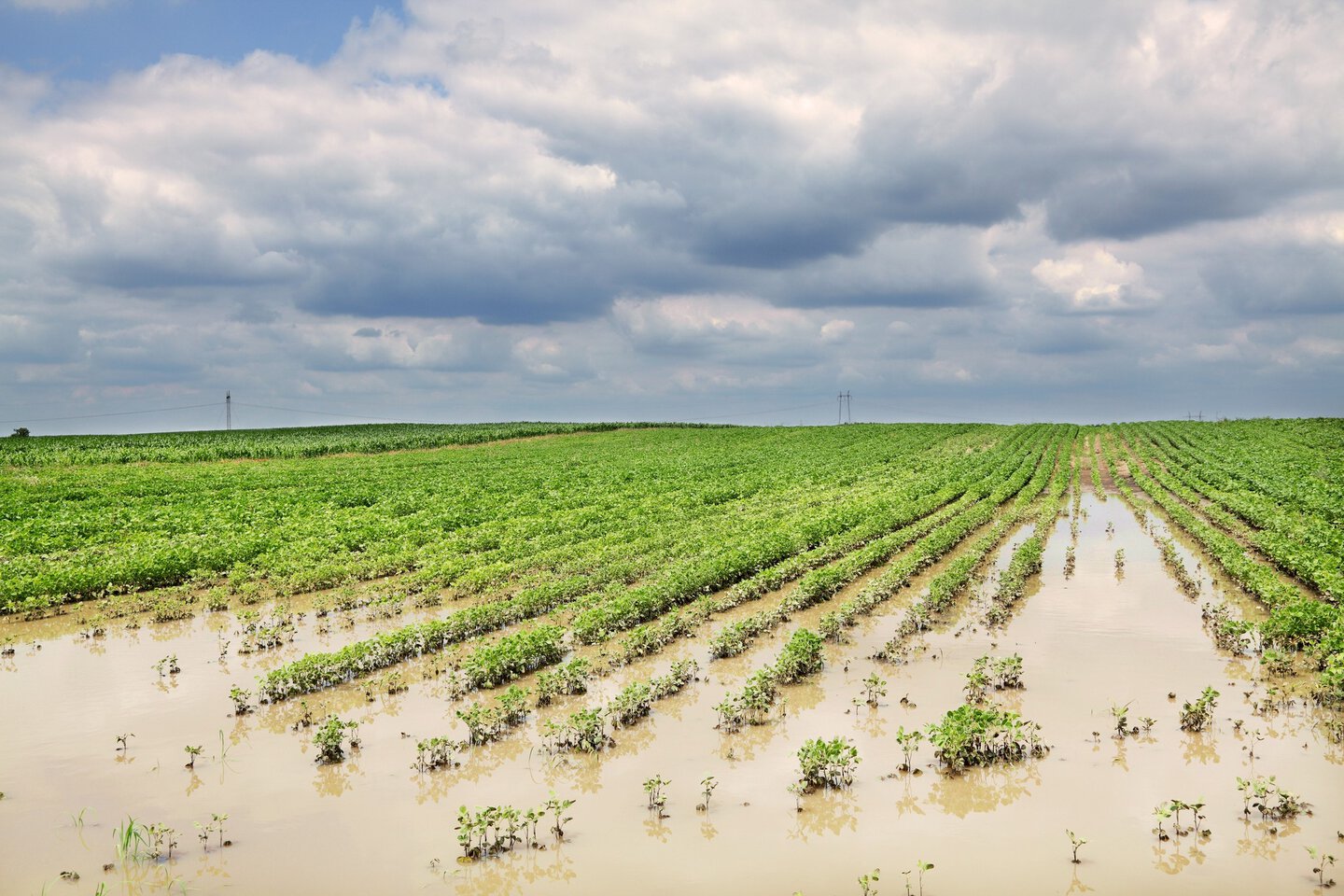
The reinsurance business
Reinsurance is "insurance for insurance companies", in other words a "second level of insurance." The oldest known reinsurance contracts or treaties date back to the fourteenth century. The international reinsurance sector has since developed into a highly specialised financial service.
Loading ...
Links
Reinsurance – the principle of risk sharing
Reinsurance is "insurance for insurance companies", in other words a "second level of insurance." It was not long before the risk of suffering dangerously high losses as a consequence of payments for major claims prompted a need for reinsurance among so-called primary insurers. The oldest known reinsurance contracts or treaties date back to the fourteenth century. The international reinsurance sector has since developed into a highly specialised financial service. Large individual risks and natural catastrophe risks are spread across the entire globe so as to minimise the potential loss for a single company. Reinsurers, for their part, purchase coverage for assumed major risks (retrocessions).

The economic role of reinsurance
Property & casualty reinsurance – the protection of material assets – and life & health reinsurance – the protection of natural persons – are the main areas of business covered by the worldwide reinsurance industry. Material assets, just like people, are exposed to wide-ranging and complex risks. The geographical spread of such risks varies, they can differ in form or structure, and they are shaped by highly diverse natural, social and legal framework conditions. All known factors are included in computational models that calculate probabilities of occurrence for potential loss scenarios on the basis of large volumes of data. Prices for reinsurance protection are determined in this way. The better the models and the data basis, the more precisely the prices can be calculated – which benefits both contracting parties. To this end, the models are subject to continuous review and recalibration.
Reinsurance specialists
Since treaty terms and conditions are negotiated in each individual case, reinsurers have built up a very high level of expertise in risk-appropriate underwriting. To this end they need experts from highly diverse fields. The reinsurance industry today employs not only insurance specialists, but also mathematicians, meteorologists, medical experts, engineers, computer scientists etc.
Through the provision of such highly sophisticated services - the specifics of which are frequently extremely complex - Hannover Re today is one of the world's leading reinsurers.
Highly specialised products and services
In addition to the traditional business of covering risks in property & casualty and life & health reinsurance, support is provided to new insurance companies during the cost-intensive start-up phase. The goal pursued by insurance companies (especially those listed on the stock exchange) of ensuring balance sheet continuity is achieved, in part, by means of reinsurance. A further task of reinsurers is to advise insurers on underwriting, pricing and the development of new insurance products, among other things. Automated systems for consulting services, sales, data analytics and risk assessment are also offered.